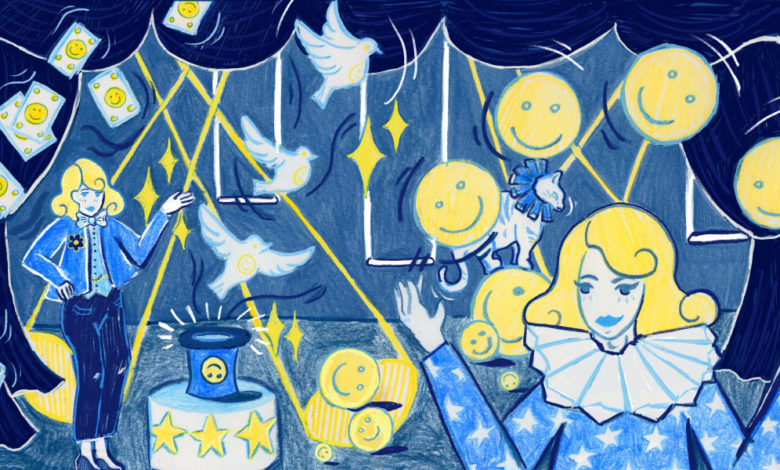Three ways to approach the Employee Experience

Do we need a standard approach to the Employee Experience?
Now that more and more people are getting familiar with employee experience and have started with employee experience projects, there’s a growing call for a standard approach to employee experience. The question is if that’s realistic, certainly at this maturity level of the discipline.
Employee experience can be approached in many different ways, and that’s the diversity you can see in the current playfield.
Three ways to approach the Employee Experience
1. A philosophy and approach for digital transformation
Some use it as a philosophy and approach for digital transformation within HR, to develop for example onboarding apps or learning platforms with greater user adoption. Some involve the employee in the design of new digital solutions. Solvay is such an example, where a team of employees designed the new HR Information System from scratch, in collaboration with HR and IT. Another example is KBC, where employee experience started with pure simplification and automation of processes. After a while, IT and HR came together on an idea for an employee app, that was then developed internally and automates processes like requesting a holiday, taking a sick leave, giving feedback to colleagues, reading the company news, and so on. Now they’re using the same thinking for other HR-solutions.
2. An index or survey
Some use it as an index or survey and thus as a replacement for the engagement survey, to make it more actionable, with the aim to increase productivity and engagement. Firms like Peakon, Kincentric, Qualtrics and others, that previously focused more on engagement surveys, take the road of employee experience to measure differently across the employee journeys. The results are used by their customers to put employee experience on the agenda and to define the focus of employee experience efforts.
3. Redesign journeys and improve the interactions between employees
Others use the employee experience to redesign journeys and improve the interactions between employees and company services, with the goal to improve the work life of employees. The starting point is mapping an existing or a to be journey and defining the moments that matter and the touchpoints that need to be redesigned. Typical areas that companies start with are onboarding and recruitment, the beginning of the employee lifecycle. Sometimes this also results in digital solutions, but often the solution can be found in human interactions as well. An onboarding app is for example not the solution for every company or situation, depending on the main pains employees are feeling in that journey at a given time. The essence of onboarding might be having someone ask every ‘stupid’ question to that you have as a newbie, rather than an app that supports the operational processes.
The use of design thinking and people analytics is a common thread
There are many more applications of employee experience than these three, but in the end, they are all related and it will all probably come together someday, especially when employee experience needs to be scaled. But the way you can start off on the journey might be through one of the entries mentioned.
The common thread in the diverse starting points is the use of design thinking and people analytics. Design thinking because empathising with your people is key to design solutions your people need and want. You want to solve the right problem. After all, it’s not about you, your department or your company, but it’s about your employees and what they need to get their work done in an efficient and meaningful way. Thinking differently is needed to change this experience for your employees for the better.
People Analytics will help you focus on the right things. It will point you towards the interactions that fall short and that need to be redesigned. It will highlight bigger issues like specific talent that’s leaving the company and show correlations between events that you’ve never imagined before.
The combination of people analytics and design thinking will help you to create the challenging questions you need to address, like: how can we get people to learn on a continuous basis, how can we avoid new hires to leave within one year of employment, how can we efficiently match the right people with the right jobs or how can we get people better up to speed during onboarding?
And off course you also need experts on the specific journeys. To think outside the box, you need to know what’s happening inside the box. You need experts to build better solutions. So you need content experts to be part of this journey as well.
Manage the employee experience with a cross-functional team
It’s clear that Employee Experience is not something that can be managed by one person alone, it needs a cross-functional team that at least possesses the skills of design thinking, people analytics and specialized knowledge of the topic at hand. With such a team, you can start the journey towards improving the employee experience in your organization. And maybe someday there will be a more generic approach to employee experience, although it seems doubtful, at first sight, in a space where creativity is the differentiator and standardization the enemy.







